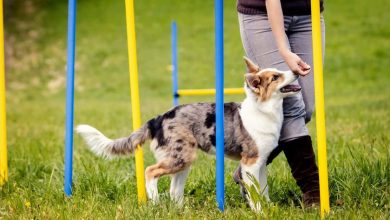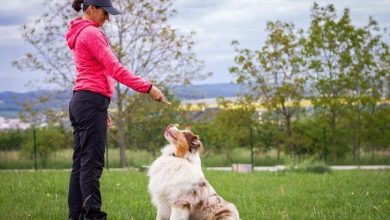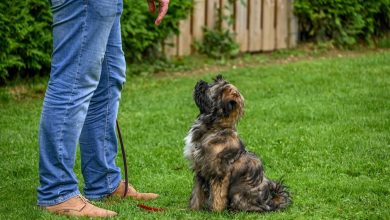How to Train Your Puppy to Respond to Commands Outside
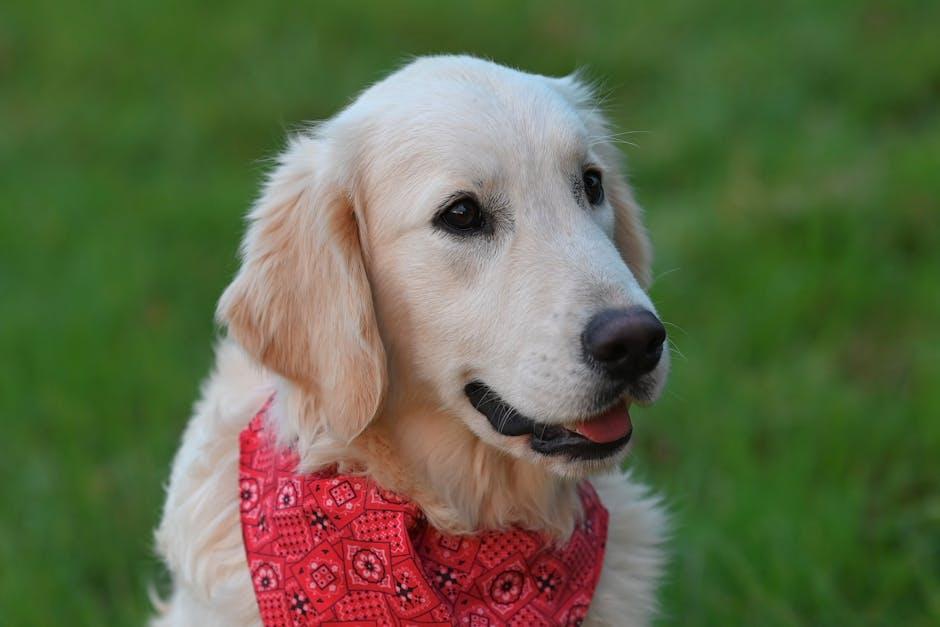
Training your puppy to respond to commands is a rewarding journey that builds a strong bond between you and your furry friend. While teaching commands indoors is a great start, the real challenge—and fun—begins when you step outside. The world beyond your front door is full of exciting distractions and new experiences for your puppy, making it the perfect environment to reinforce their training. In this guide, we’ll walk you through practical steps and handy tips to help your puppy master commands in the great outdoors. Whether you’re in a bustling park or your own backyard, these strategies will ensure that your pup listens attentively and responds confidently, no matter where your adventures take you. Let’s get started on making outdoor training a positive and successful experience for both you and your puppy!
Understanding Your Puppys Outdoor Distractions
When you take your puppy outdoors, you’re introducing them to a world brimming with exciting sights, smells, and sounds. These elements can be overwhelming and might cause your puppy to ignore your commands. Understanding the root of these distractions is key to successful training. Some common outdoor distractions include:
- Other Animals: Whether it’s a bird flying by or another dog barking, animals can easily capture your puppy’s attention.
- People: Strangers passing by or children playing can be irresistible distractions for a curious pup.
- Sounds: Cars honking, sirens, or even the rustling of leaves can divert your puppy’s focus.
- Smells: Outdoor scents are far more potent than those indoors, enticing your puppy to explore further.
To train your puppy to respond despite these distractions, start by practicing commands in a controlled outdoor environment. Gradually increase the level of distraction as they become more adept. Consistency and patience are crucial, so reward your puppy with treats and praise whenever they successfully obey a command amidst the chaos. This positive reinforcement will help them associate following your instructions with pleasant outcomes, making them more likely to listen even in the most distracting situations.
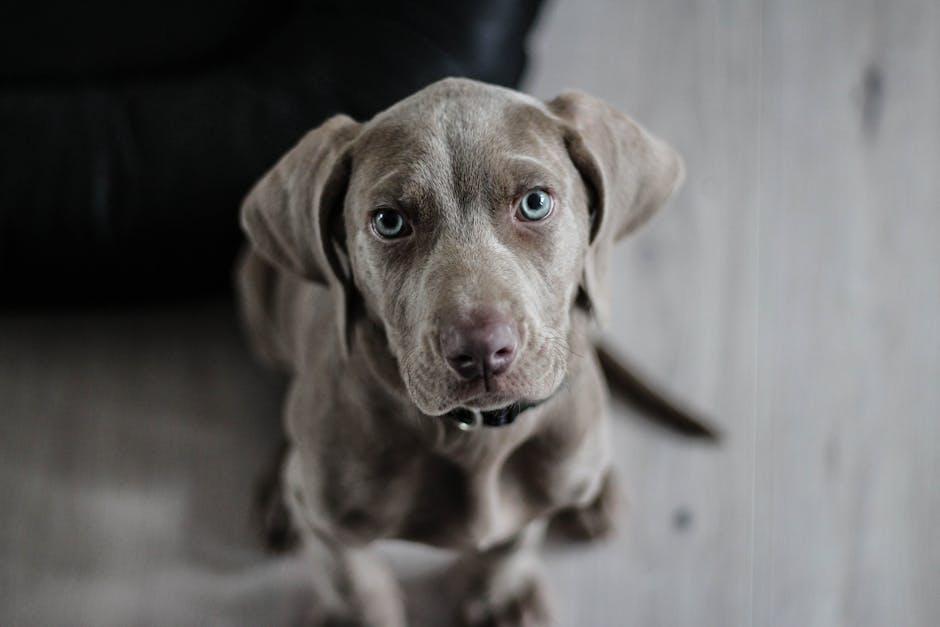
Building a Strong Foundation with Consistent Commands
To effectively train your puppy to respond to commands outdoors, it’s essential to establish a solid base with consistent cues. This involves using the same words, gestures, and tone of voice each time you give a command. Consistency helps your puppy understand what is expected and reinforces their learning. Here are a few tips to ensure you’re setting up a strong foundation:
- Keep Commands Short: Use simple, one-word commands like “sit,” “stay,” or “come.” This makes it easier for your puppy to grasp and remember.
- Be Patient: Repetition is key. Puppies might not get it right the first time, but with patience and practice, they’ll start to associate the command with the desired action.
- Use Positive Reinforcement: Reward your puppy with treats, praise, or playtime when they respond correctly. This encourages them to repeat the behavior.
- Practice Regularly: Integrate command training into daily activities. Consistent practice in various settings helps your puppy generalize commands to different environments.
By focusing on these consistent strategies, you’ll create a reliable framework for your puppy’s training that will make outdoor adventures more enjoyable and stress-free for both of you.
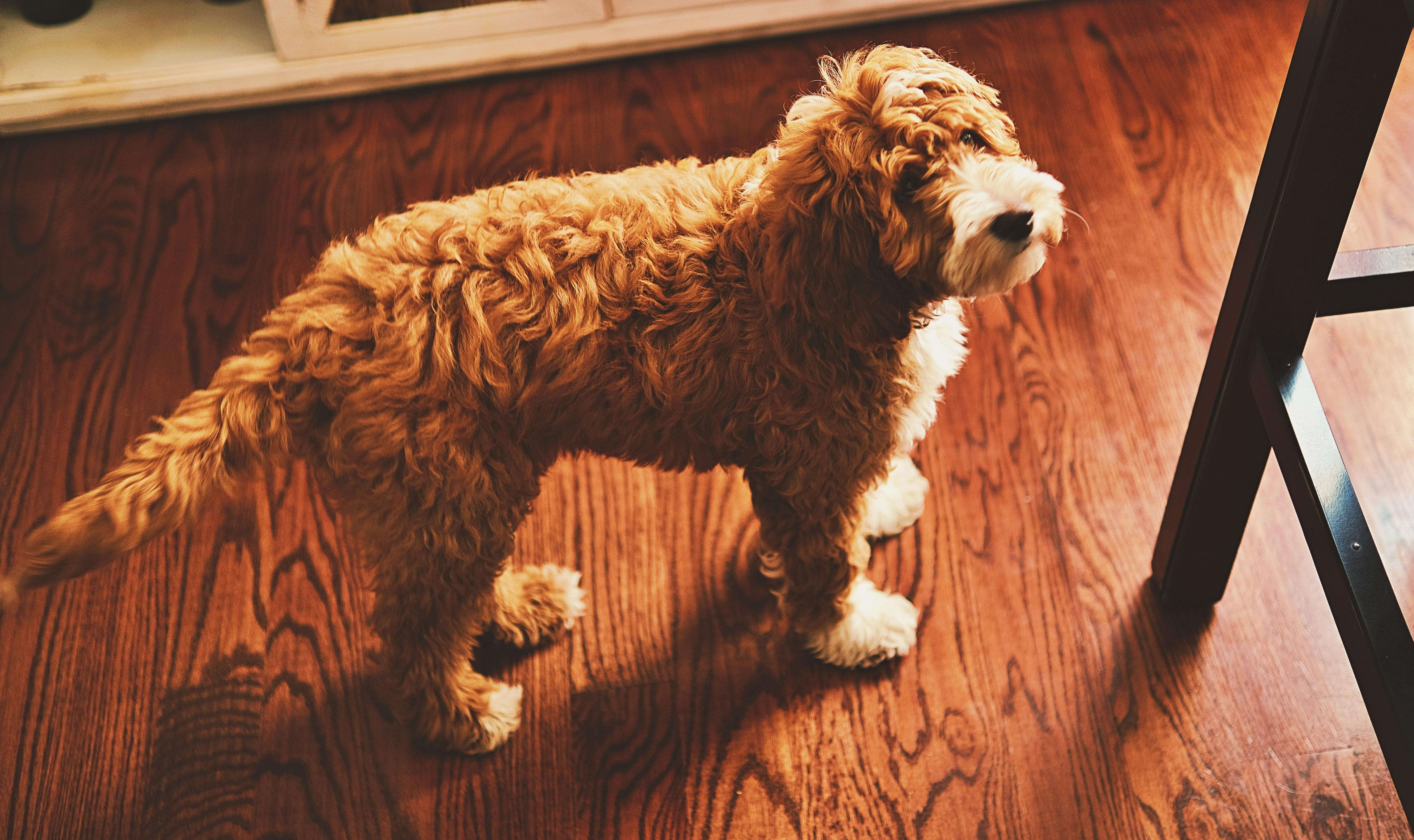
Incorporating Positive Reinforcement Techniques
Training your puppy to respond to commands outside can be a delightful experience when you employ positive reinforcement techniques. This approach is not only effective but also strengthens the bond between you and your furry friend. Start by carrying a stash of your puppy’s favorite treats or toys during your outdoor training sessions. Each time your puppy successfully follows a command, such as “sit” or “stay,” immediately reward them with a treat and lots of praise. This method helps your puppy associate the action with a positive outcome, encouraging them to repeat the behavior.
- Consistency is key: Use the same command words and gestures each time.
- Immediate rewards: Ensure that rewards are given right after the desired behavior.
- Variety in rewards: Mix treats with verbal praise and petting to keep your puppy motivated.
- Patience and persistence: Understand that every puppy learns at their own pace.
Positive reinforcement is about creating a fun and rewarding learning environment. It encourages your puppy to think of training as an enjoyable game, rather than a chore. By focusing on what your puppy does right and celebrating those moments, you’ll foster a confident and well-behaved companion who eagerly responds to commands, even amidst the exciting distractions of the great outdoors.

Gradually Increasing Outdoor Challenges
Once your puppy has mastered basic commands indoors, it’s time to gradually introduce them to the exciting world outside. Start by choosing a quiet outdoor space where there are minimal distractions. This will help your puppy focus on you and the commands being given. Begin with short sessions, allowing your puppy to acclimate to the new environment while still being attentive to your instructions.
- Leash Training: Use a short leash to maintain control and gently guide your puppy’s attention back to you if they become distracted.
- Increasing Distance: Gradually increase the distance between you and your puppy when practicing commands like “sit” and “stay”. This helps build their confidence and responsiveness even when you’re not right next to them.
- Introducing New Environments: Slowly introduce more challenging environments, such as busier parks or streets, ensuring that your puppy is comfortable and confident at each stage before moving on.
Remember to keep sessions positive and reward-based, using treats or praise to reinforce good behavior. This positive reinforcement will encourage your puppy to respond to commands with enthusiasm, even amidst the distractions of the great outdoors.
Key Takeaways
training your puppy to respond to commands outside is a rewarding journey that strengthens the bond between you and your furry friend. By practicing patience, consistency, and positive reinforcement, you can effectively teach your puppy to listen and respond in various outdoor environments. Remember, every puppy is unique, so tailor your approach to suit your pet’s individual needs and pace. Celebrate the small victories along the way, and don’t be discouraged by setbacks—they are just stepping stones to success. With time, practice, and plenty of love, your puppy will become a well-mannered companion ready to explore the great outdoors with confidence and enthusiasm. Happy training!

